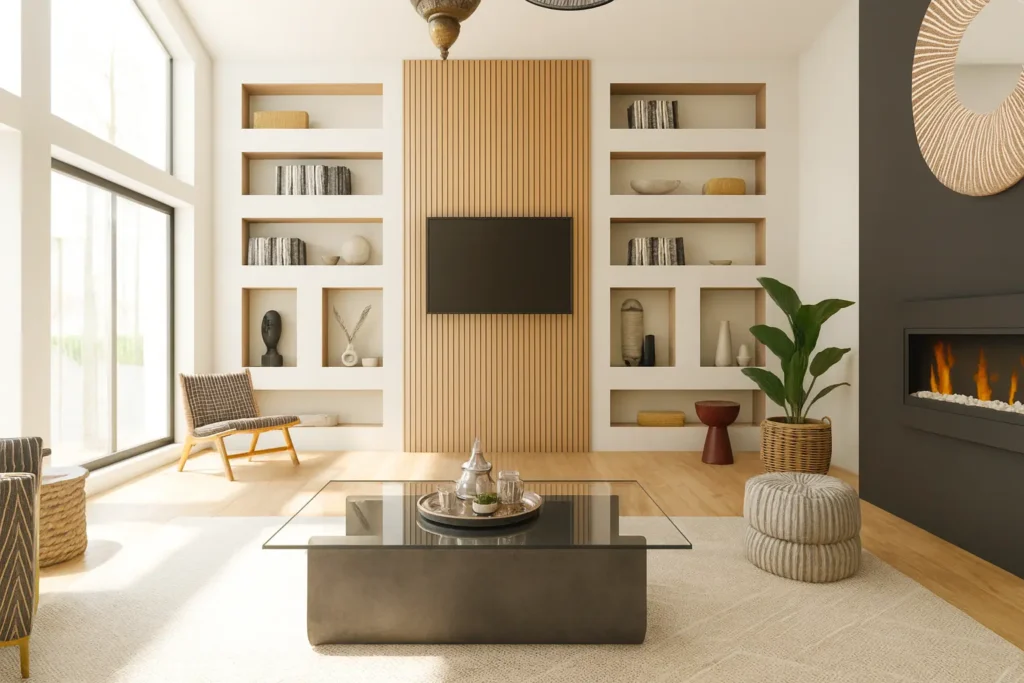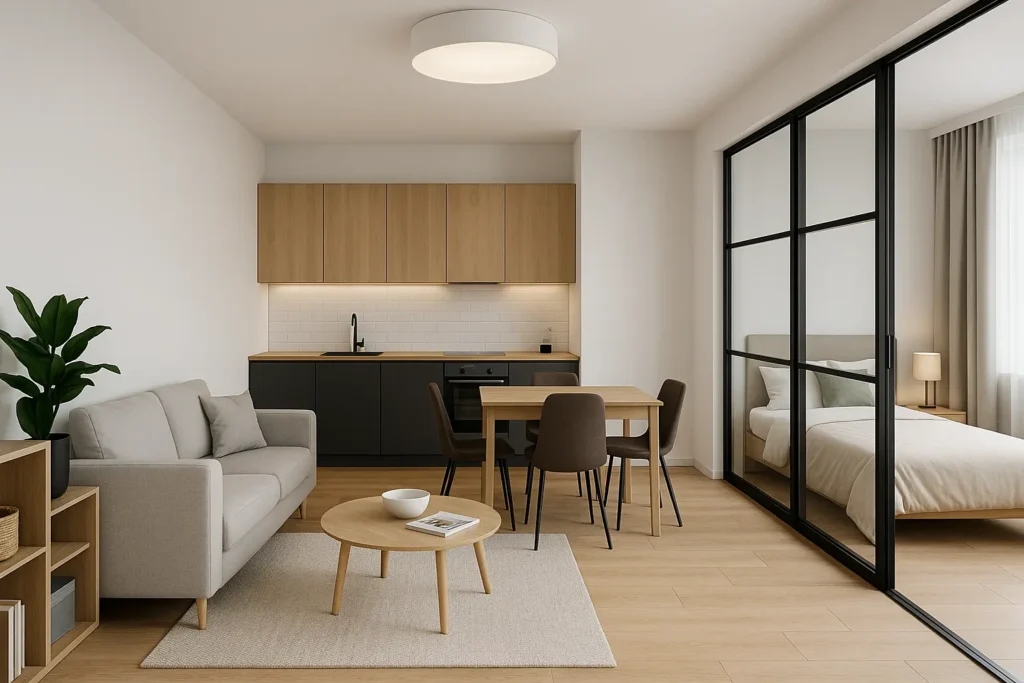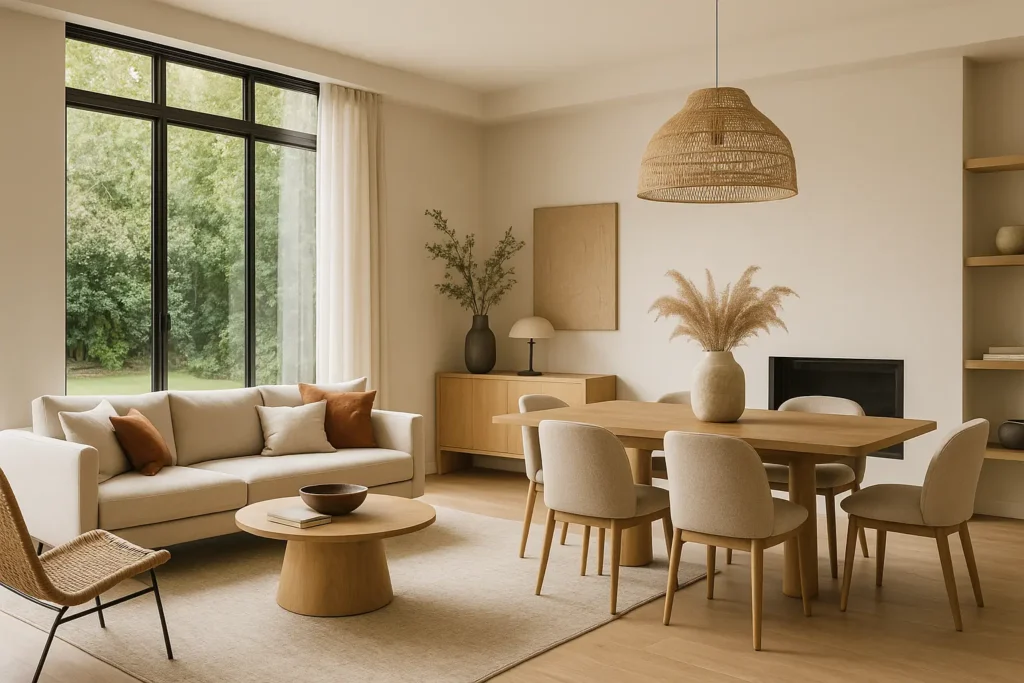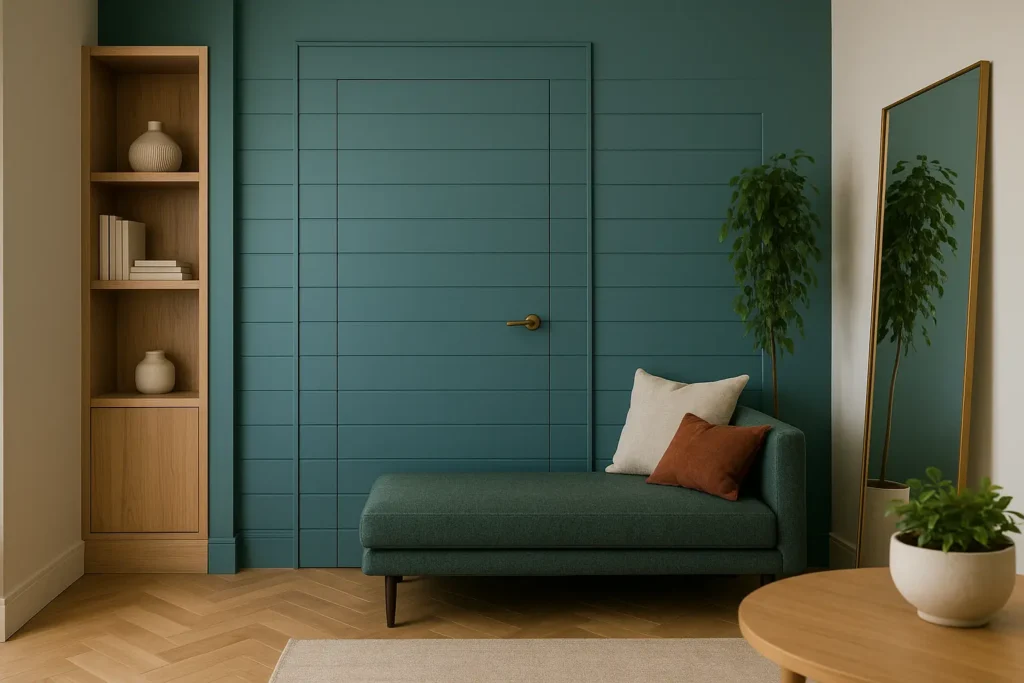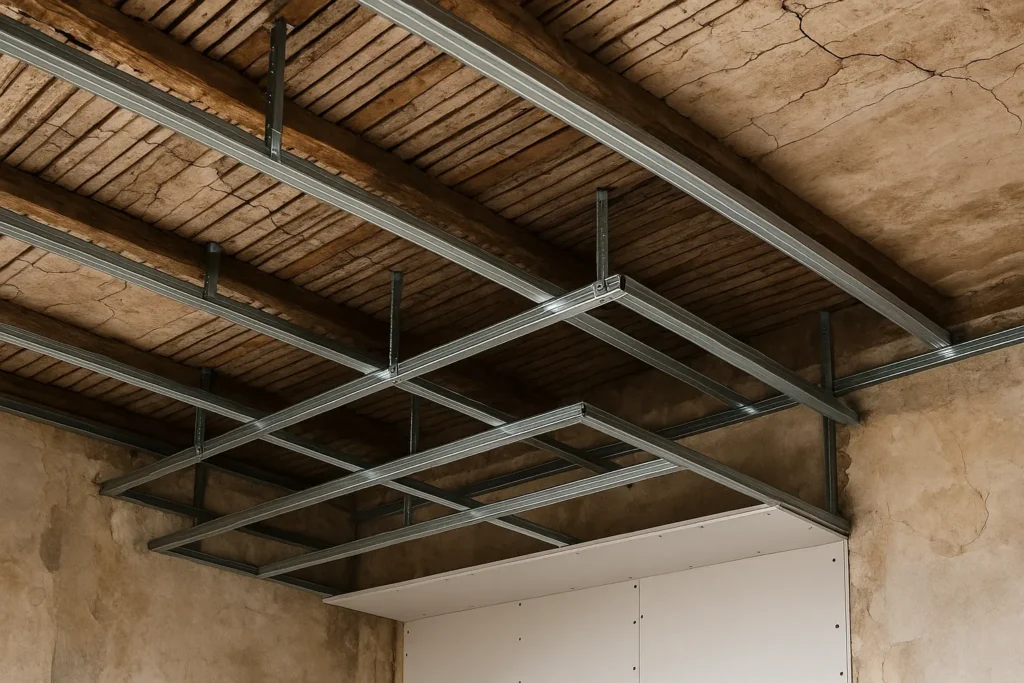When you want to bring light into your home or convert your attic, choosing a roof window becomes a key point. Two options often stand out: Velux and skylights. These two types of openings, although sharing certain functions, have fundamental differences that are essential to understand before starting works. Through this comparative guide, let's see together the difference between a Velux and a skylight, their respective advantages and in which contexts they express their full potential to create a warm and bright space under the roof.
Our article in brief:
Velux and skylights offer distinct solutions to provide light and ventilation depending on the constraints of your space. Here is the difference between a Velux and a skylight to keep in mind:
- Different locations : the Velux is installed on a sloping roof while the skylight is placed on a vertical wall
- The Velux provides a higher brightness with its large glass surface, ideal for living spaces
- The skylight offers a economical solution (150-500€ versus 800-2500€) and preserves privacy while ensuring ventilation
- The choice mainly depends on your specific needs : thermal comfort, budget and space configuration
In this article
Understanding the difference between a Velux and a skylight
To understand the difference between a Velux and a skylight, we must first clarify what these two types of openings are.
THE Velux is a brand that has become a generic term to refer to windows installed on sloping roofs. These windows have revolutionized attic conversion by making it possible to transform dark lofts into bright and pleasant living spaces.
The skylight, on the other hand, has its origins in the German term "was ist das?" (what is it?). It is a small tilting window usually installed high up on a vertical wall. Its design allows for efficient ventilation of confined spaces while preserving privacy.
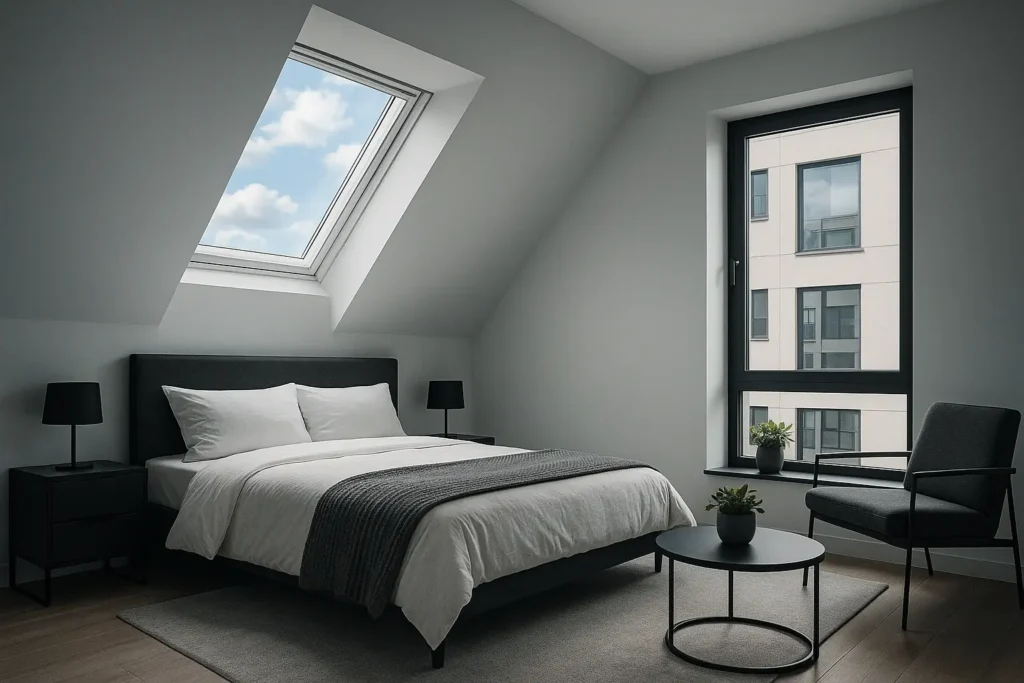
The ddifference between a Velux and a skylight therefore resides in their location:
- THE Velux can be installed on a sloping roof (with a slope between 15° and 90°)
- THE skylights takes place on a vertical wall.
This distinction in location directly influences their size, their opening system, and their uses. Velux windows generally offer larger glass surfaces, maximizing the intake of natural light, while skylights, more modest in size, prioritize ventilation.
Comparative technical characteristics and performances
The difference between a Velux and a skylight is energy performance.
There difference between a Velux and a skylight is also done in terms of thermal insulation. Indeed, the two types of openings have very different performances. Modern Velux windows integrate advanced insulation technologies with double or triple glazing which optimize thermal comfort under the roof. These windows provide an excellent barrier against heat loss in winter and effectively protect against overheating in summer.
While functional, skylights generally offer more basic thermal insulation. Their placement on a vertical wall makes them less exposed to extreme weather conditions, but they also offer less energy-efficient performance than Velux windows, which are specially designed to withstand harsh weather conditions.
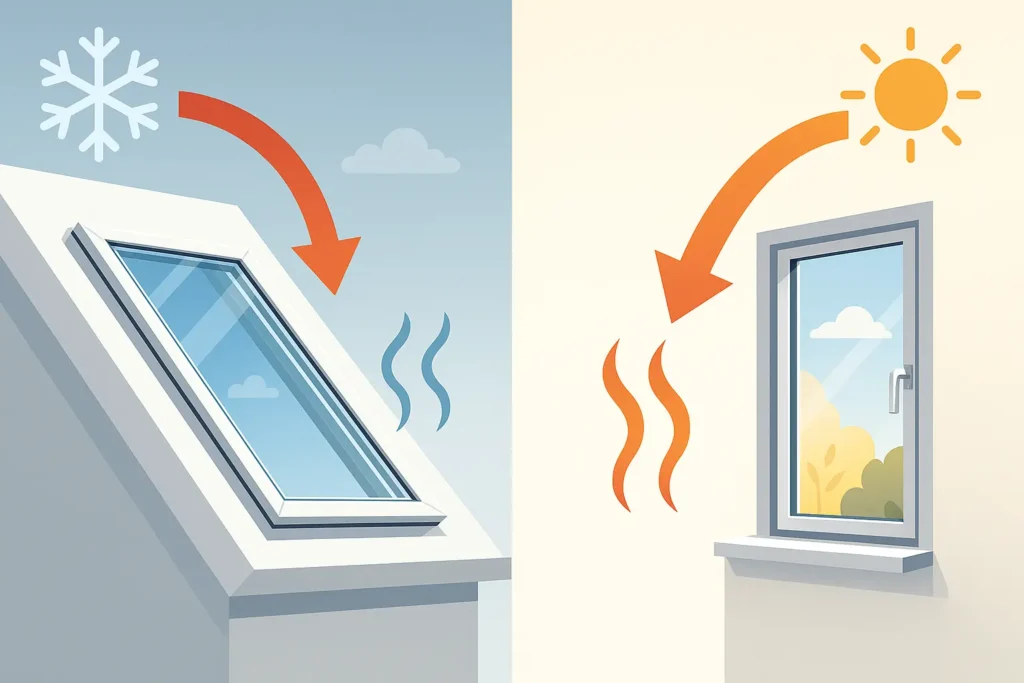
Velux vs. skylights: a difference in acoustic comfort
Finally, the difference between a Velux and a skylight The main factor is the quality of the sound insulation. This varies considerably between these two solutions. High-end Velux windows can reduce rain noise up to 50%, providing appreciable acoustic comfort even in bad weather. Skylights, with their simpler design, offer limited acoustic performance, particularly against external noise.
| Features | Velux | Skylights |
|---|---|---|
| Location | Sloping roof | Vertical wall |
| Brightness | Excellent (large glass surface) | Limited (small opening) |
| Thermal insulation | High performance | Standard performance |
| Waterproofing | Very good | Correct |
| Approximate cost | 800 to 2500€ | 150 to 500€ |
Weatherproofing
Waterproofing is a determining factor when choosing a roof window. Velux windows have a design specifically developed to withstand extreme weather conditions. high-performance sealing systems around the frame and joints. Skylights provide a good seal but may require regular adjustments to maintain their effectiveness against water infiltration.
Velux and skylights: Customization and durability to compare
Roof window materials and finishes
Velux windows are available in a variety of materials, including natural wood, wood with a white polyurethane finish, and aluminum. These high-quality materials give these windows remarkable durability and blend harmoniously into warm interiors. Skylights, generally made of aluminum or PVC, offer fewer aesthetic options but have the advantage of simplified maintenance.
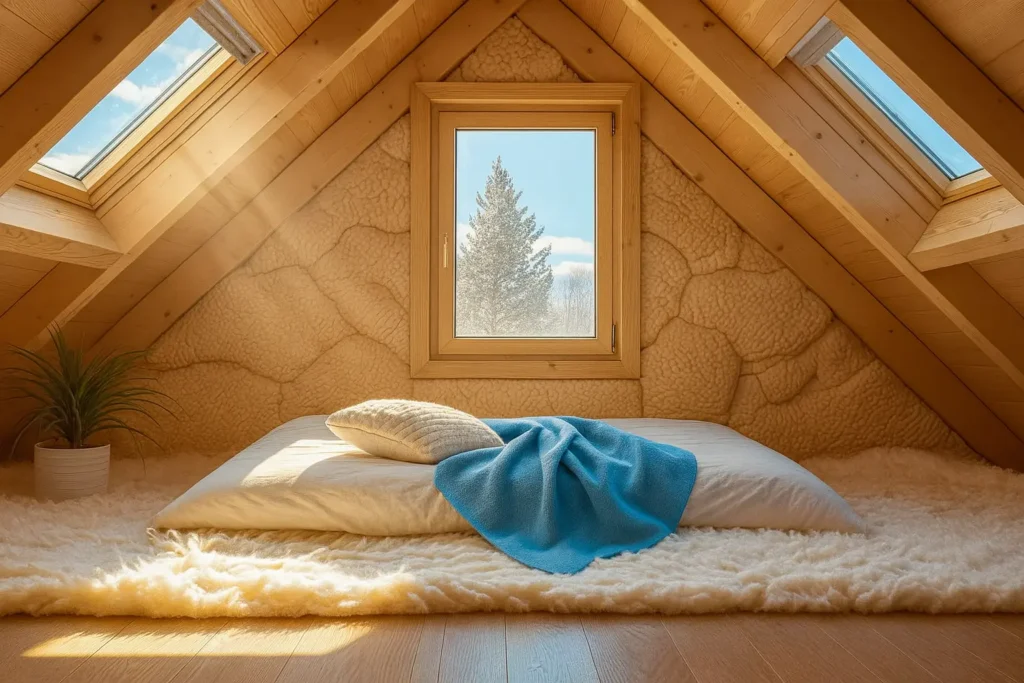
Accessories and technologies
Technology today is transforming our windows into truly intelligent elements. Velux windows can be equipped with motorization systems allowing remote opening, rain detectors that automatically close the window at the first drops, or even integrated blinds to modulate the brightness. The more traditional skylights offer more basic but perfectly functional equipment to meet essential ventilation needs.
For maintenance, modern Velux windows incorporate a rotating system that makes it easier to clean the exterior glass from the inside, a considerable advantage for high-rise windows. Skylights, due to their positioning and small size, are generally easy to access for routine maintenance.
When to choose a Velux? Advantages and contexts of use
The Velux is the ideal solution in several specific situations. When you want to transform your attic into a bright and comfortable living space, these roof windows provide incomparable zenithal light that enhances the available space. The natural light they provide is particularly suitable for creating living spaces such as an attic bedroom, an office or a creative space.
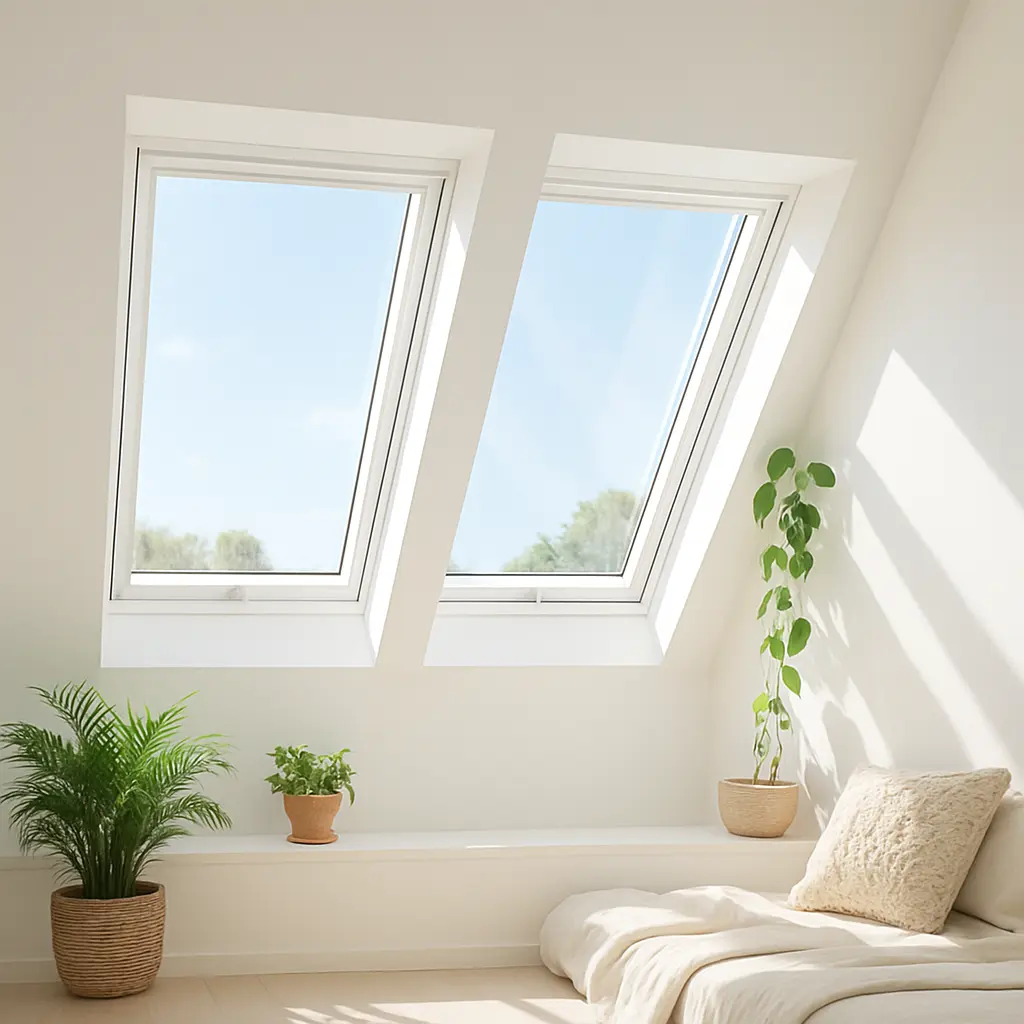
Studies show that installing Velux windows can increase the real estate value of a property by 5 to 7%, a significant argument for those considering development workThe thermal performance of these windows also helps reduce energy bills by optimizing solar gain and limiting heat loss.
- Maximizing natural light in the spaces under the roof
- Significant improvement in thermal and acoustic comfort in the converted attic
- Real estate valuation thanks to the qualitative development of the spaces under the slope
When to choose a skylight? Advantages and contexts of use
The skylight represents a relevant solution in very specific contexts. This small tilting window is particularly suitable for ventilating utility spaces such as garages, storage rooms, or utility rooms where light is not a priority. Its installation high up on a vertical wall allows for efficient ventilation while maintaining privacy, making it a wise choice for bathrooms or toilets.
For DIY enthusiasts looking to carry out their own renovations, skylights offer the advantage of relatively simple installation that doesn't require any intervention on the building's supporting structure. Their low cost also makes them an attractive option for projects on a budget or for secondary spaces.
- Effective ventilation of damp rooms such as bathrooms or kitchens
- Easy and economical installation not requiring major structural modification
- Ideal solution for preserving privacy while allowing ventilation
Skylights vs. Velux: deciding factors for your roof window
Budget and installation of openings
The financial aspect is often a determining criterion and often makes the difference between a Velux and a skylight. Installing a Velux window represents a significant investment, generally between 800 and 2500 euros depending on the dimensions and options, including the cost of professional installation. The skylight, with its more affordable price (between 150 and 500 euros), represents an economical alternative for occasional ventilation needs.
Roof space configuration
The nature of the room and its use largely determine the most suitable type of window. For an attic bedroom where comfort and light are essential, a Velux window is a natural choice. For a storage attic requiring only occasional ventilation, a skylight will be a more appropriate solution for your actual needs.
- Analyze your lighting needs : if natural light is essential, choose a Velux
- Evaluate architectural constraints of your space (roof slope, ceiling height)
- Consider the impact on your energy consumption long term before making your choice
Regulatory aspects of window work
Before starting your installation work, don't forget to check the administrative requirements. Adding a window that changes the exterior appearance of your home generally requires a prior declaration of work. For properties located in protected areas, stricter rules may apply, sometimes requiring a building permit.
Legal distances must also be respected: allow at least 1.90 meters from the outside of the window to the property line for direct views, and 0.60 meters for oblique views. These regulatory considerations may influence your choice between a Velux and a skylight depending on the intended location.
